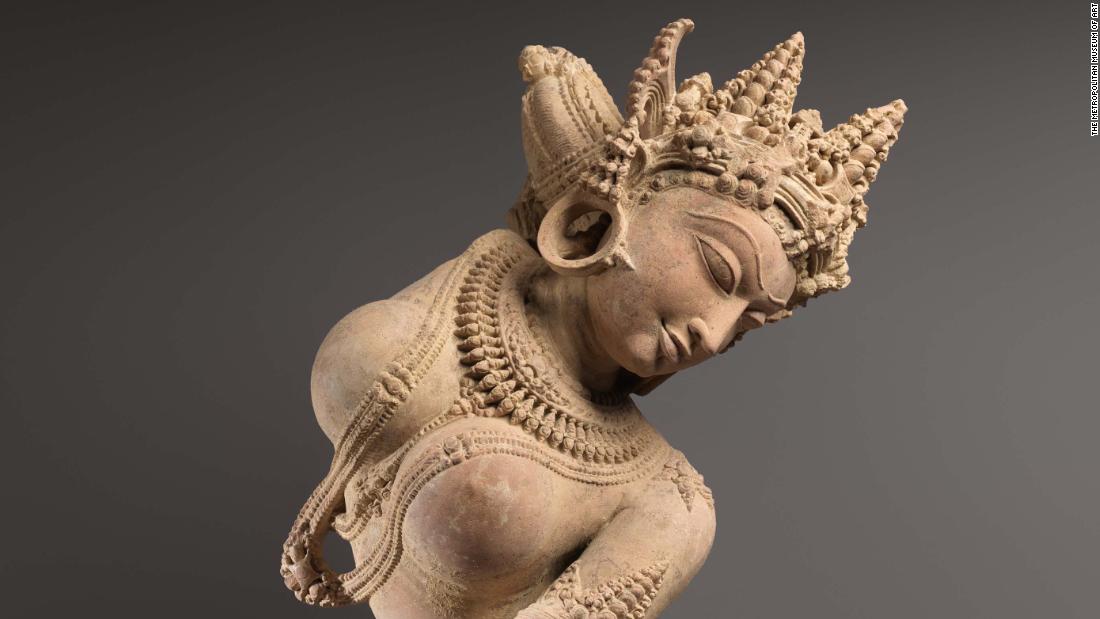
The Met first started to acquire objects from Hecht in the 1950s, and continued to do so even after Hecht was charged by Italian prosecutors with smuggling in 1959 and 1961. The case against Hecht was later dismissed when the statute of limitations expired, and Hecht died in 2012 after consistently denying he played any role in illegally exporting art.

“Celestial dancer (Devata),” an 11th-century Indian statue in the Met’s collection linked to the convicted antiquities smuggler Subhash Kapoor. Credit: The Metropolitan Museum of Art
“The Met sets the tone for museums around the world,” Tess Davis, executive director of the anti-trafficking group Antiquities Coalition, told the ICIJ. “If the Met is letting all of these things fall through the cracks, what hope do we have for the rest of the art market?”
The Met has been the subject of multiple high-profile seizures over the past few years. Last year, at least 29 items from the Met’s collection were seized by authorities in the US, including Egyptian bronzes, Greek busts and ancient plates, helmets and statues from all over the world, according to the ICIJ.
“Clearly, collecting standards have changed in recent decades … the field has evolved, and The Met has been a leader in this progress,” museum spokesperson Ken Weine told The Art Newspaper, adding that The Met has made “many” recent returns at the museum’s own initiative, including four objects repatriated to Nepal.
